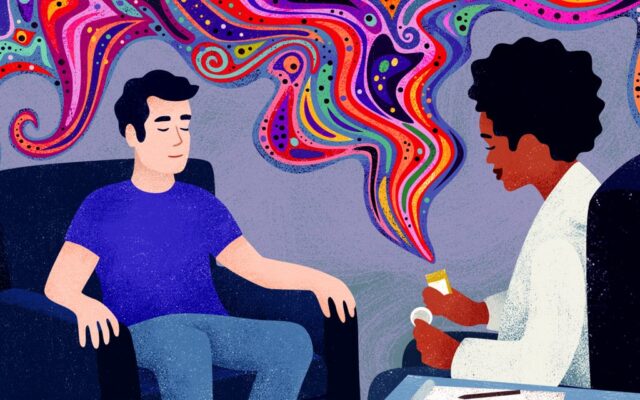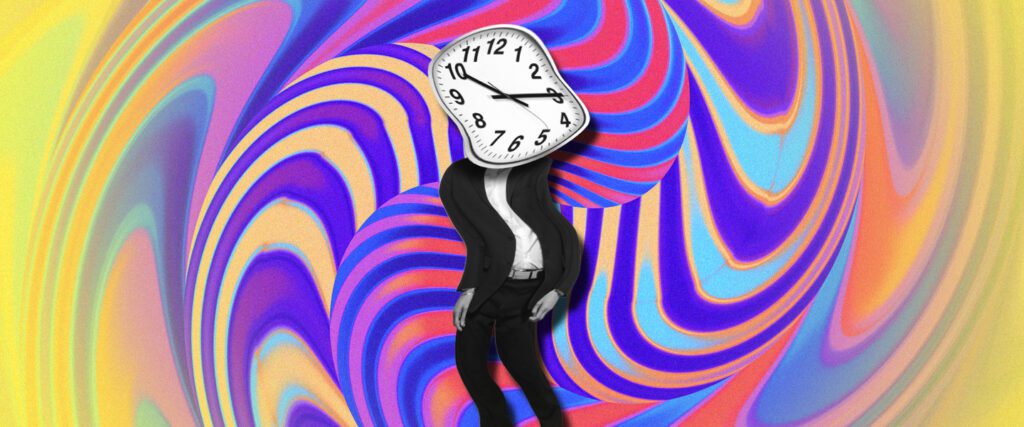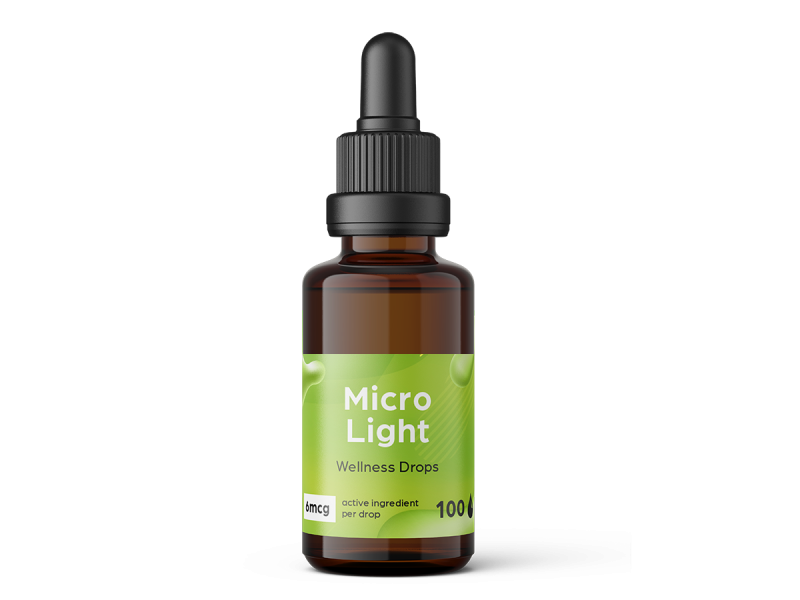
HEMPEARTH – What is LSD ?
LSD (lysergic acid diethylamide, or “acid”) is a classic hallucinogen that’s partially synthesized from ergot, a fungus in rye.
Albert Hoffman invented LSD in 1938, though somewhat unintentionally. Long story short, he was working on finding a new medicine for uterine contractions, but LSD didn’t help. He set it aside until one day, years later, he decided to experiment with it some more. A little got on his skin, and the rest is history.
LSD’s Mechanism of Action (How it Works For Depression)
LSD’s effect on the brain is extensive, allowing it to help depression in multiple ways .
Research shows the following on LSD’s actions :
- Has a strong affinity for serotonin receptors — specifically as a partial agonist of 5HT2a and an agonist of 5HT1a; it also binds to several other serotonin receptors, including 5-HT1A, 5-HT2C, 5-HT5A, and 5-HT6
- Modulates the ventral tegmental area, a part of the brain that contains neurons — mostly dopaminergic neurons
- Stimulates dopamine D2
- Indirectly enhances glutamatergic neurotransmission receptors; these mediate excitatory synaptic transmission in the central nervous system and regulate many processes
- Stimulates the trace amine associate receptor 1 (TAAR1), which largely regulates neurotransmission in dopamine, norepinephrine, and serotonin neurons in the CNS and affects the immune system
- Alters cortico-cortical and cortico-subcortical transmission
- Affects alpha-2 adrenergic receptors, stimulating the sympathetic nervous system

With the world of psychedelics opening up, LSD jump right to the top. Though shrooms, mescaline, MDMA, and DMT are classified as classic hallucinogens right alongside LSD, there are some things that set the latter apart.
LSD has a stronger binding capacity for 5-HT2A receptors than psilocybin, mescaline, and DMT. It also has a more potent bind at 5-HT1 receptors, though there are no studies yet on humans in this area. LSD is also the only serotonergic hallucinogen to bind to adrenergic and dopaminergic receptors.
What Causes Depression?
You know what depression looks like and how it works, but what causes it? Generally, depression is caused by trauma, genetics, illness, or medication. The latter two are pretty straightforward, but trauma’s effect on the mind is not fully understood.

LSD Reduces Inflammation
Inflammation is thought to promote depression, and classic serotonergic psychedelics modulate the effects on immune responses. Here’s how.
LSD Improves Mood & Life Satisfaction
Some of LSD’s effects have to do with mood — giddiness, euphoria, and more mental energy, to name a few. However, its impact is more than just a quick fix that wears off.
LSD Promotes Spiritual Healing
LSD is considered an entheogen — a substance used to produce an altered state of consciousness for spiritual or religious purposes [52]. Users often report spiritual or mystical experiences, but, of course, these terms are subjectively defined.
Researchers have tried to dig deeper into how mindset, personality, background, and religious beliefs impact spiritual psychedelic experiences. Many people cite these trips as one of the most important occasions in their lives. Tapping into this potential could prove to be therapeutic.

LSD and other psychedelics can reset the brain by destabilizing local brain networks and connectivity through neuronal avalanches, “a cascade of synchronized activity in the cortex”.
Hallucinogens open the mind and enhance suggestibility, allowing individuals to have a different perspective and find greater meaning. This makes it easier to change unhealthy thoughts, emotions, and behaviors..
LSD Dosage: How Much Does It Take?
Oral doses in most research cases are 100-200 mcg of LSD and are dosed by body weight. The effects appear to be dose-related, though research is somewhat contradictory.
Various research shows 100 mcg impaired recognition and recall of various stimuli and hindered performance in math, but 50 mcg did not. Some learning processes were unaffected in the 75-150 mcg range.
Around 100-200 mcg, showed positive effects on processing emotions, reduced reactivity to fearful things, and increased trust and openness towards others .
Large doses in the 200-800 mcg range reduce other psychiatric symptoms, including end-of-life anxiety, addictive disorders like alcoholism, and psychosomatic diseases. At these high levels, the positive emotional effects lasted for weeks.

Understanding Depression & Its Link to LSD
It’s been long understood that depression is caused by improper functioning of monoaminergic neurotransmitters — think serotonin, dopamine, and norepinephrine receptors.
The serotonergic system helps regulate emotional behavior. Depressed and suicidal patients have increased cortical 5-HT2A receptor expression [66]. Antidepressants work by reducing this receptor’s density.
Serotonin is also involved in inhibiting activity in the amygdala. Hyperactivity in the amygdala is linked to symptoms of depression.





